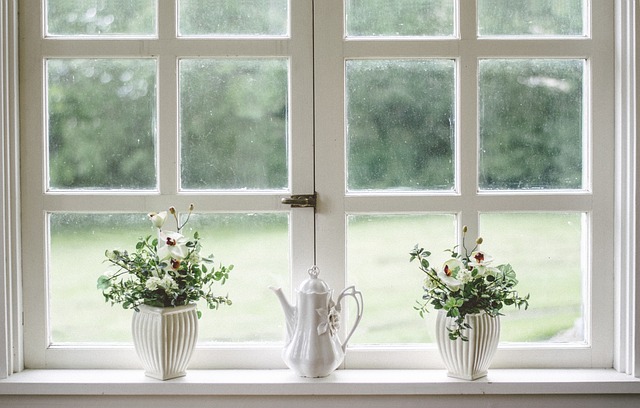Window replacement is a critical aspect of Home Repair and Maintenance, driven by aging windows, energy efficiency standards, and improved insulation/soundproofing needs. Over time, old windows contribute to higher energy bills. New installations offer long-term benefits, enhancing energy efficiency, security, and reducing future home repair and maintenance costs. The process involves careful preparation, selection of suitable windows (considering materials, styles, and climate), meticulous installation, and finishing touches for a secure, efficient replacement.
Considering window replacement? From energy efficiency to curb appeal, understanding when and why to replace your windows is key in home repair and maintenance. This guide breaks down everything you need to know, from identifying signs it’s time for new windows to a step-by-step installation process. We’ll explore different materials, styles, and the impact on your home’s energy costs. Get ready to transform your living space!
- Understanding Window Replacement: When and Why It's Necessary
- The Process of Installing New Windows: A Step-by-Step Guide
- Choosing the Right Windows for Your Home: Materials, Styles, and Energy Efficiency
Understanding Window Replacement: When and Why It's Necessary

Window replacement is an essential aspect of home repair and maintenance, often necessitated by aging windows or changes in energy efficiency standards. Over time, windows can become worn, allowing heat loss during winter and gaining excess heat during summer, leading to higher energy bills. Old or damaged windows may also be drafty, causing discomfort for occupants and contributing to a less-than-ideal indoor environment.
Additionally, modern window technologies offer improved insulation, soundproofing, and security features that older models lack. When considering window replacement, homeowners should assess their current windows’ condition, energy efficiency, and impact on comfort and security. Regular maintenance, such as cleaning tracks, lubricating hinges, and sealing gaps, can prolong the life of existing windows, but there may come a point when new installations offer better long-term benefits for both functionality and savings in home repair and maintenance costs.
The Process of Installing New Windows: A Step-by-Step Guide

Installing new windows is a significant home repair and maintenance task that can significantly enhance energy efficiency and home security. The process typically involves several meticulous steps to ensure a proper fit and long-lasting performance.
1. Measurement and Preparation: Begin by accurately measuring the existing window opening, noting dimensions including width, height, and depth. Remove the old windows carefully, discarding any rotted or damaged framing. Clean the opening thoroughly to ensure a clean install. 2. Choose the Right Window: Select new windows that match the original in size, style, and functionality (e.g., double-hung, casement). Ensure they meet energy efficiency standards for your climate.
3. Window Installation: Place the new window frame into the opening, checking for level and square. Apply a bead of caulk around the exterior of the frame for weatherproofing. Fasten the window securely using screws or nails, following manufacturer guidelines. 4. Sealant and Finishes: Add appropriate sealant to the gaps between the window frame and wall. Install any necessary trim or molding for a finished look.
Choosing the Right Windows for Your Home: Materials, Styles, and Energy Efficiency

When it comes to choosing the right windows for your home, considering materials, styles, and energy efficiency is paramount. Modern window options offer a wide array of materials ranging from vinyl and wood to fiberglass, each with unique properties that impact durability, insulation, and cost. For instance, vinyl windows are popular due to their low maintenance and affordability, while wood offers natural beauty and excellent insulation. Fiberglass, known for its strength and resistance to rot, is another durable choice.
In terms of styles, from classic casement to contemporary double-hung models, each design brings aesthetic appeal and functionality. Energy efficiency should also be a primary concern, as modern windows feature advanced sealing mechanisms and low-e coatings that prevent heat loss in winter and keep cool air inside during summer, thereby reducing energy bills and contributing to home repair and maintenance over time.
When it comes to home repair and maintenance, window replacement is a significant investment that can greatly enhance comfort, energy efficiency, and curb appeal. By understanding when and why replacement is necessary, along with the materials, styles, and energy-saving options available, homeowners can make informed decisions. Following our step-by-step guide ensures a seamless installation process, resulting in improved indoor living conditions and increased property value.
